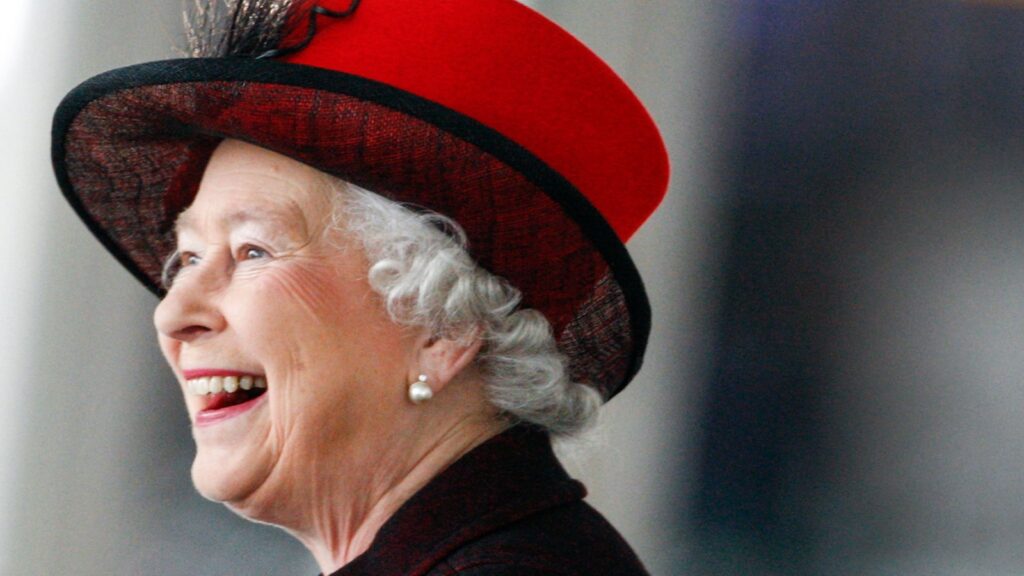Ask an American about Canada, and you’ll likely get a mix of snow, politeness, and maple syrup clichés. From moose casually strolling through downtown to everyone living in igloos, some of these myths sound like they came straight from a cartoon. But despite being neighbors, many Americans still cling to exaggerated or outdated beliefs about life up north. In reality, Canada is modern, diverse, and far more complex than these friendly stereotypes suggest. Here are 19 Canadian myths Americans actually believe.
Everyone Lives in Igloos
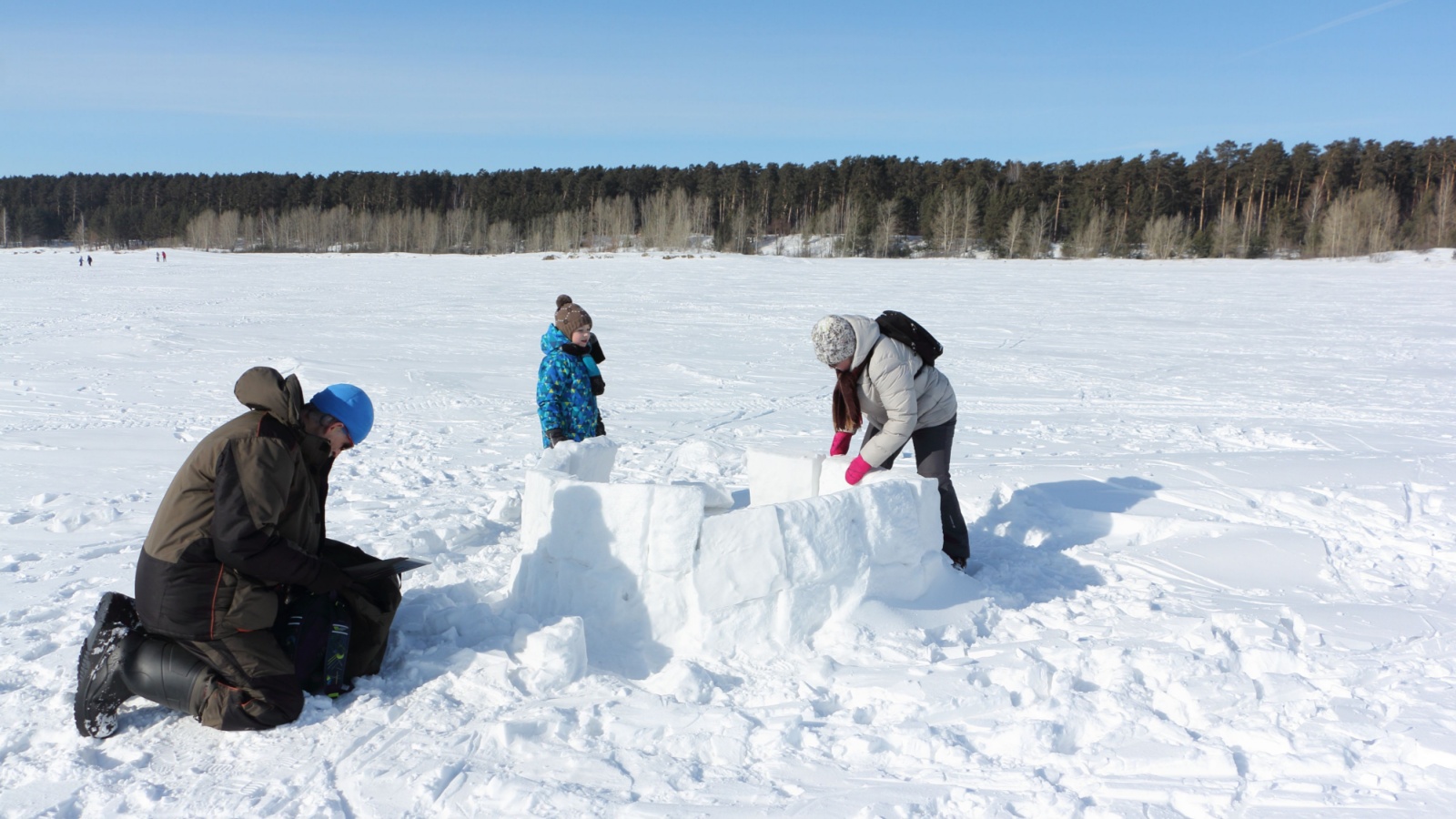
The idea that Canadians spend winters tucked into igloos is a long-standing myth. In truth, igloos were ingenious shelters built by certain Inuit communities in the Arctic, not suburban Canadians in Toronto or Vancouver. Most Canadians live in modern homes, condos, or apartments with central heating. The igloo’s symbolism has simply been stretched too far by pop culture and tourism ads. Temperatures might drop to -30°C in the north, but no one’s carving ice blocks after work. It’s like assuming every American cowboy still rides a horse to Walmart.
It’s Always Freezing
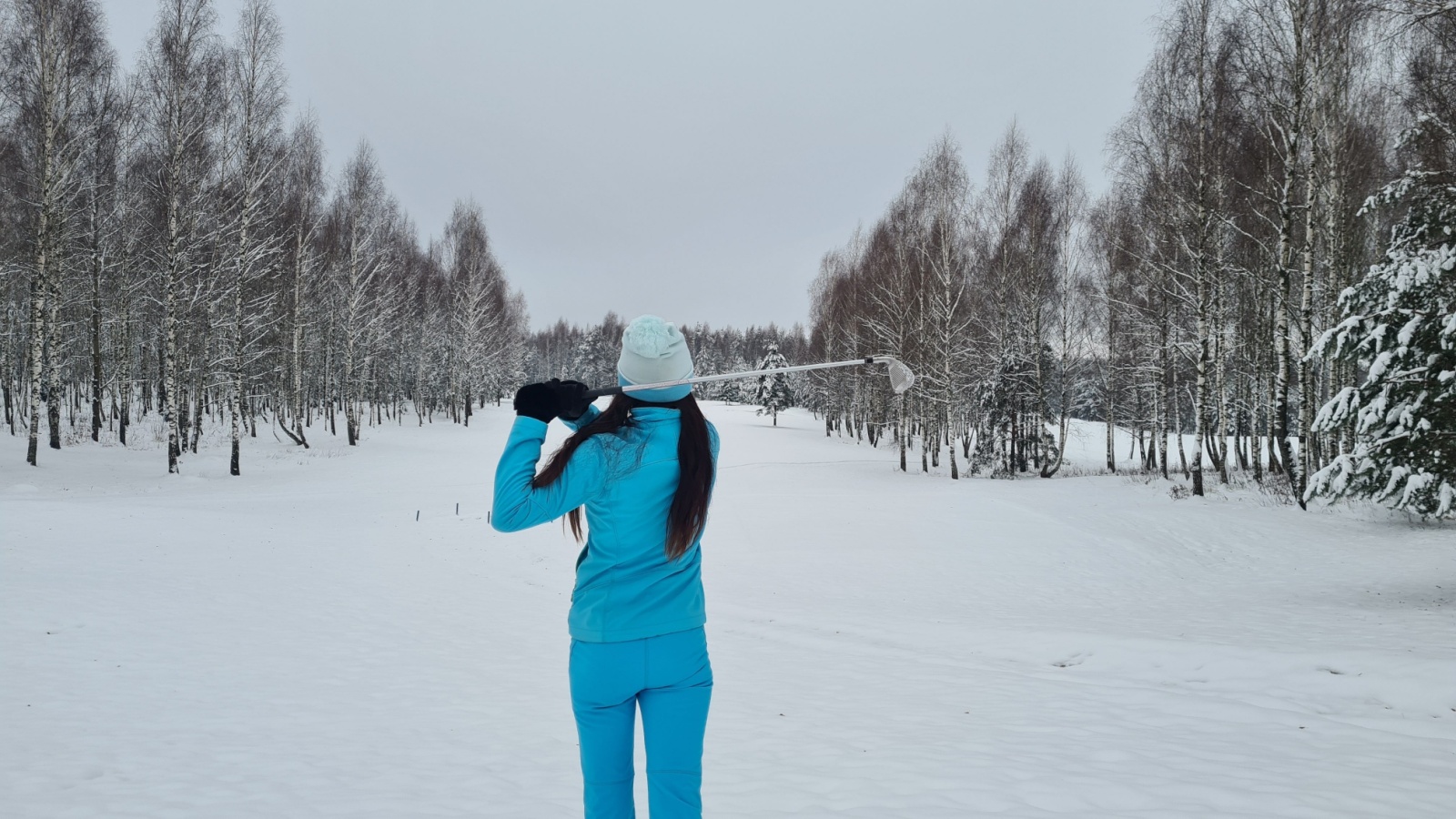
Yes, winters can be brutally cold, but Canada’s climate varies wildly. Vancouver sees mild, rainy winters, and southern Ontario enjoys warm summers hitting 30°C. Cities like Calgary even experience “Chinooks”, warm winds that melt snow overnight. Meanwhile, beachgoers in British Columbia or Nova Scotia spend July swimming and paddleboarding. While some regions endure long, snowy seasons, others enjoy four distinct seasons. So, no, Canadians don’t live in a year-round snow globe. They just happen to handle cold weather better than most people, and probably own more quality winter boots.
Maple Syrup Flows from Every Tree
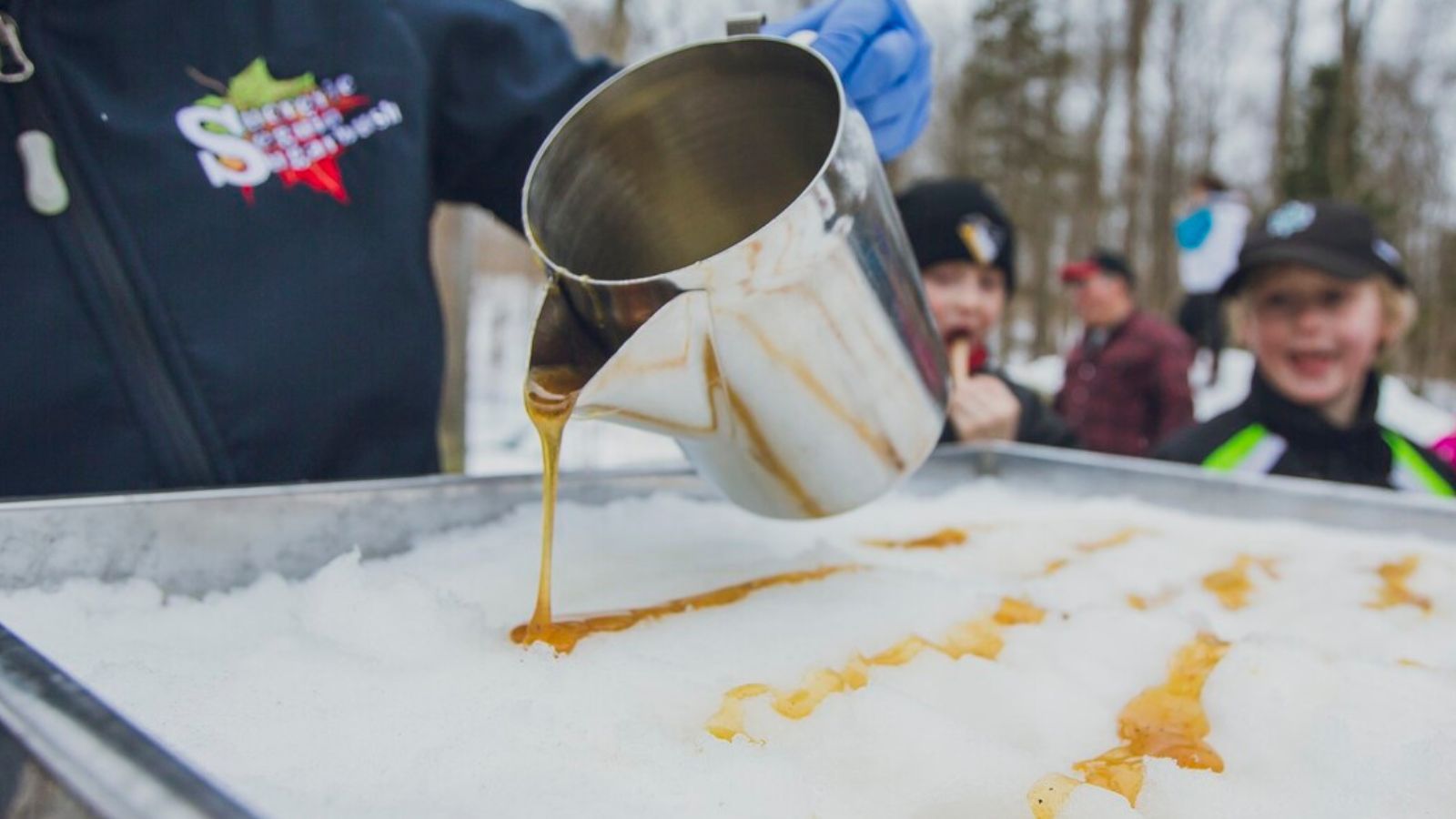
Americans often picture Canadians tapping trees year-round, collecting syrup like water. While maple syrup is indeed a national treasure, production only happens in early spring when daytime temperatures rise above freezing. Quebec produces over 70% of the world’s supply, but most Canadians buy their syrup from grocery stores, not their backyard. It’s not a household plumbing system of sugary sap. That said, many Canadians take syrup seriously, some even travel to sugar shacks for pancakes, taffy, and the sweet smell of boiling sap that defines spring.
Everyone Says “Eh” Constantly
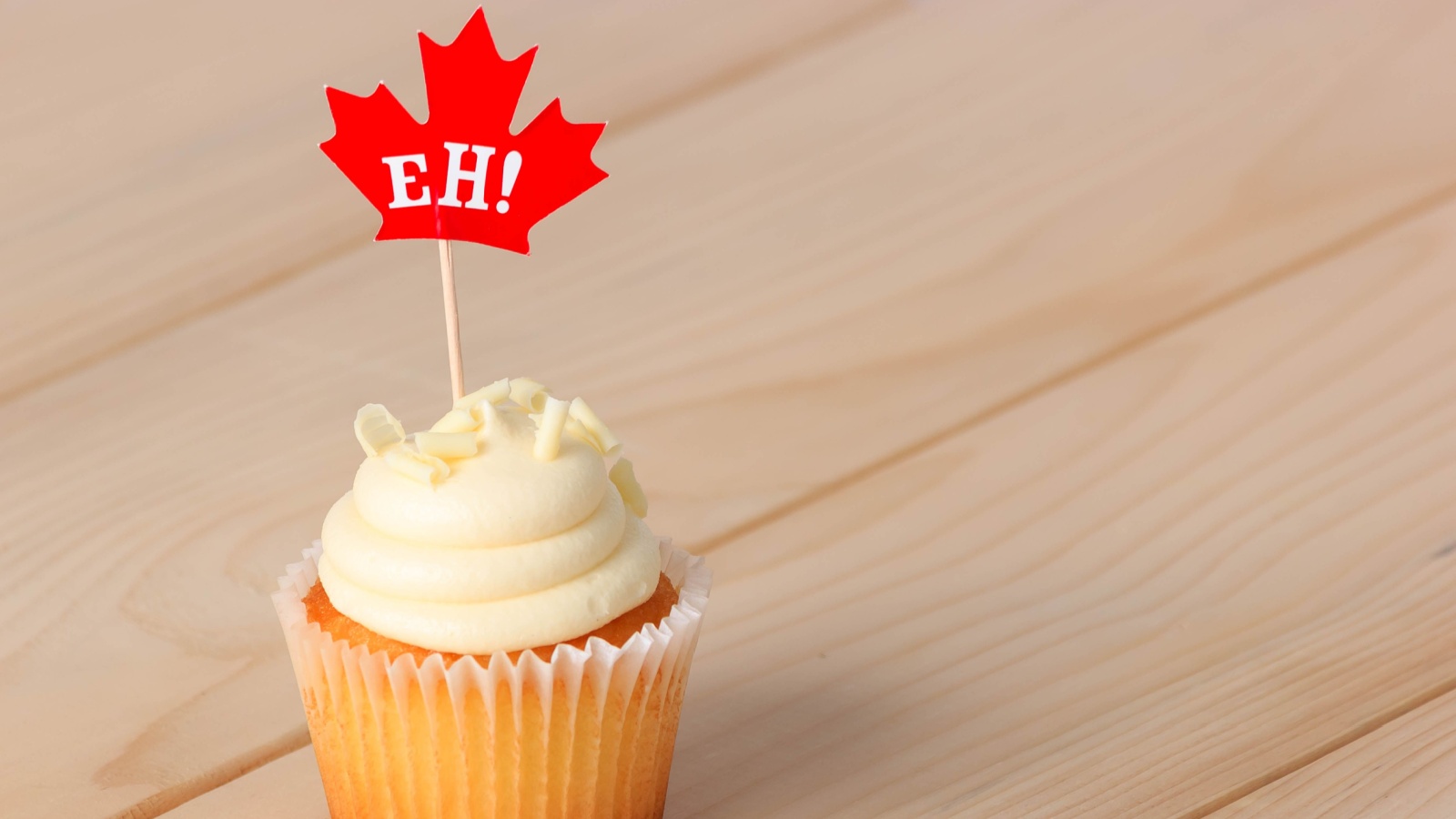
“Eh” might be iconic, but it’s not sprinkled into every sentence. Canadians use it occasionally, mostly to confirm agreement or invite response, much like Americans use “right?” or “you know?” Movies and TV shows have exaggerated the habit to comic levels. Linguists even classify “eh” as a “tag question,” proving it’s more about inclusion than confusion. While you’ll hear it occasionally in conversation, it’s not a national tic. The real Canadian superpower? Adjusting language subtly to make everyone feel included, something “eh” just happens to represent perfectly.
All Canadians Are Overly Polite

Canadians are famously courteous, but they’re not robotic in their manners. Apologies often serve as social lubricant rather than genuine remorse. Saying “sorry” when someone bumps into you is a cultural reflex, not a weakness. It reflects a cooperative mindset, less about subservience, more about avoiding unnecessary conflict. Sure, there’s kindness, but there’s also sarcasm, impatience, and the occasional hockey-induced temper. Canadians apologize quickly, then resume honking in traffic. So yes, politeness is real, but it’s more about empathy and rhythm than being endlessly agreeable.
Moose Roam the Streets Everywhere
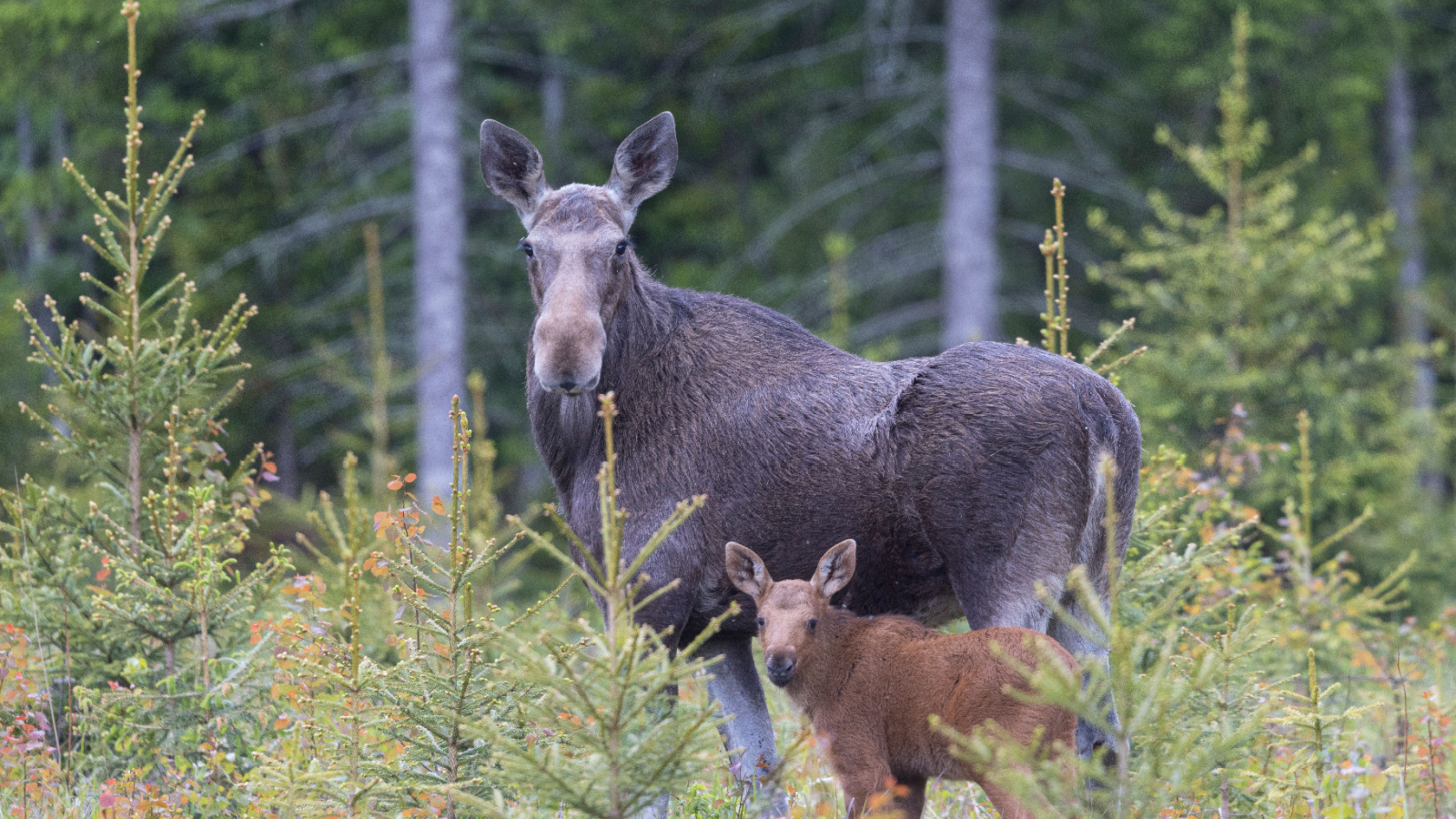
Despite the memes, moose aren’t city commuters. They inhabit forests, marshes, and northern regions, not downtown Toronto. Sightings happen in rural areas or during road trips across provinces like Newfoundland and Alberta. When a moose wanders into town, it makes the evening news precisely because it’s rare. They’re enormous animals, often over 600 kilograms, so encounters are memorable, but not routine. Canadians respect wildlife but don’t live side-by-side with it like a Disney scene. For most, moose are more likely to appear on a road sign than outside their house.
Everyone Plays Hockey
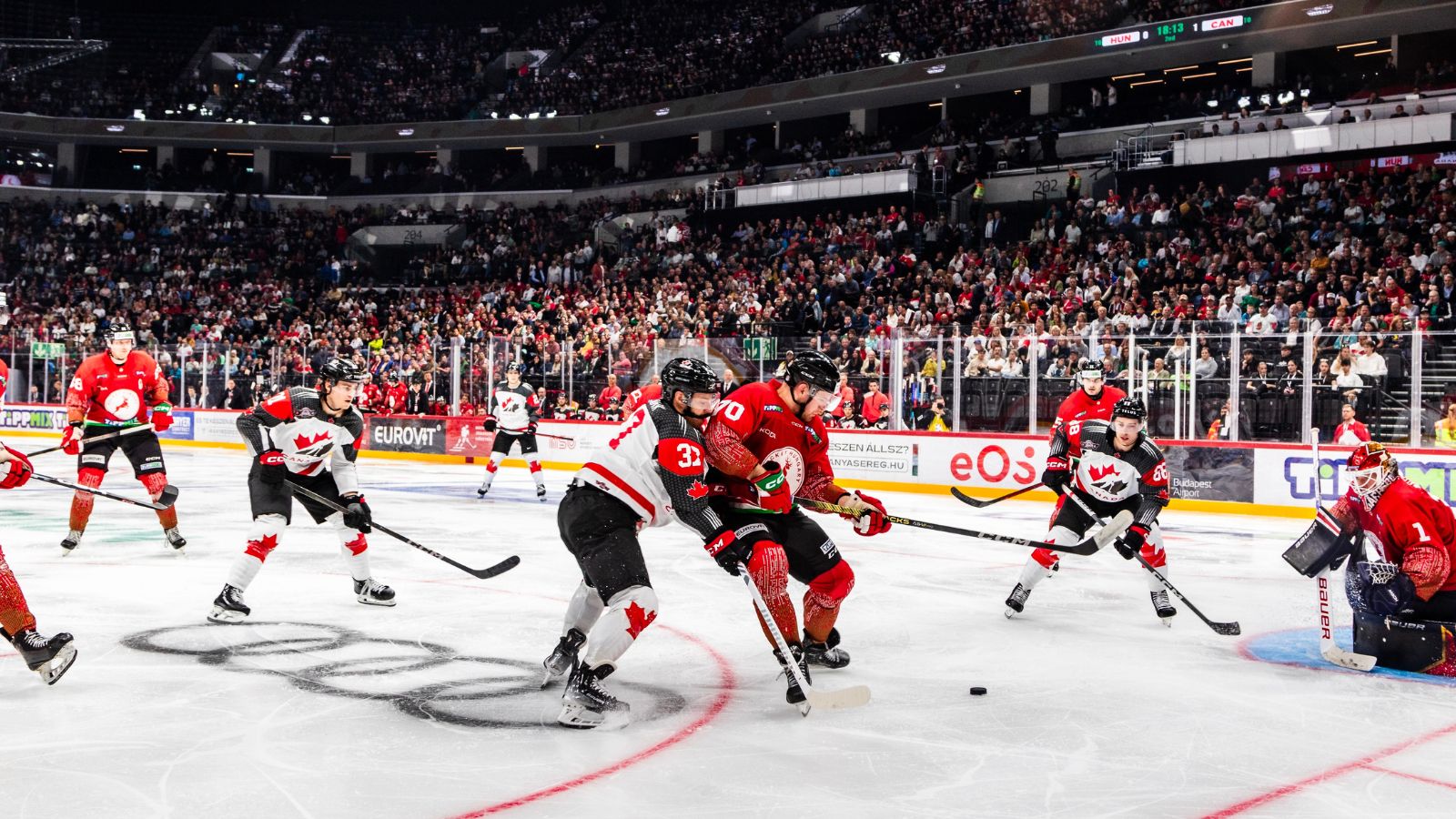
Hockey holds national pride status, but not every Canadian owns skates or watches the Stanley Cup. Soccer, basketball, baseball, and curling have huge followings, too. The country’s diversity means millions prefer cricket, volleyball, or lacrosse, the latter actually being Canada’s original national sport. Hockey may dominate cultural imagery, yet many Canadians grow up cheering for Raptors games or playing street soccer. While the sport unites the nation during the Olympics, not everyone’s ready to drop the puck. The stereotype just reflects how hockey became shorthand for Canadian identity.
They All Speak French and English Equally

Canada is officially bilingual, but that doesn’t mean everyone speaks both languages fluently. French is dominant in Quebec and parts of New Brunswick, while most other provinces are primarily English-speaking. Immigrant languages like Mandarin, Punjabi, and Tagalog are rapidly growing, too. Many Canadians can understand basic French phrases, but bilingualism depends heavily on region and schooling. The idea of perfect national bilingualism sounds elegant, but doesn’t reflect daily reality. Still, both languages coexist in government, packaging, and public signs, proof of Canada’s multicultural balancing act.
They Have Free Everything Because of Taxes

Universal healthcare exists, but it doesn’t cover every service. Doctor visits and hospital stays are free at the point of use, yet dental care, prescriptions, and eye exams often cost extra. Canadians still pay through taxes, insurance premiums, or private coverage. The system’s focus is accessibility, not endless freebies. Wait times can be long, and regional differences mean some provinces offer better coverage than others. It’s far from a medical utopia, but it ensures no one goes bankrupt over a broken leg. So yes, it’s “free,” but only within reason.
They Don’t Have Guns
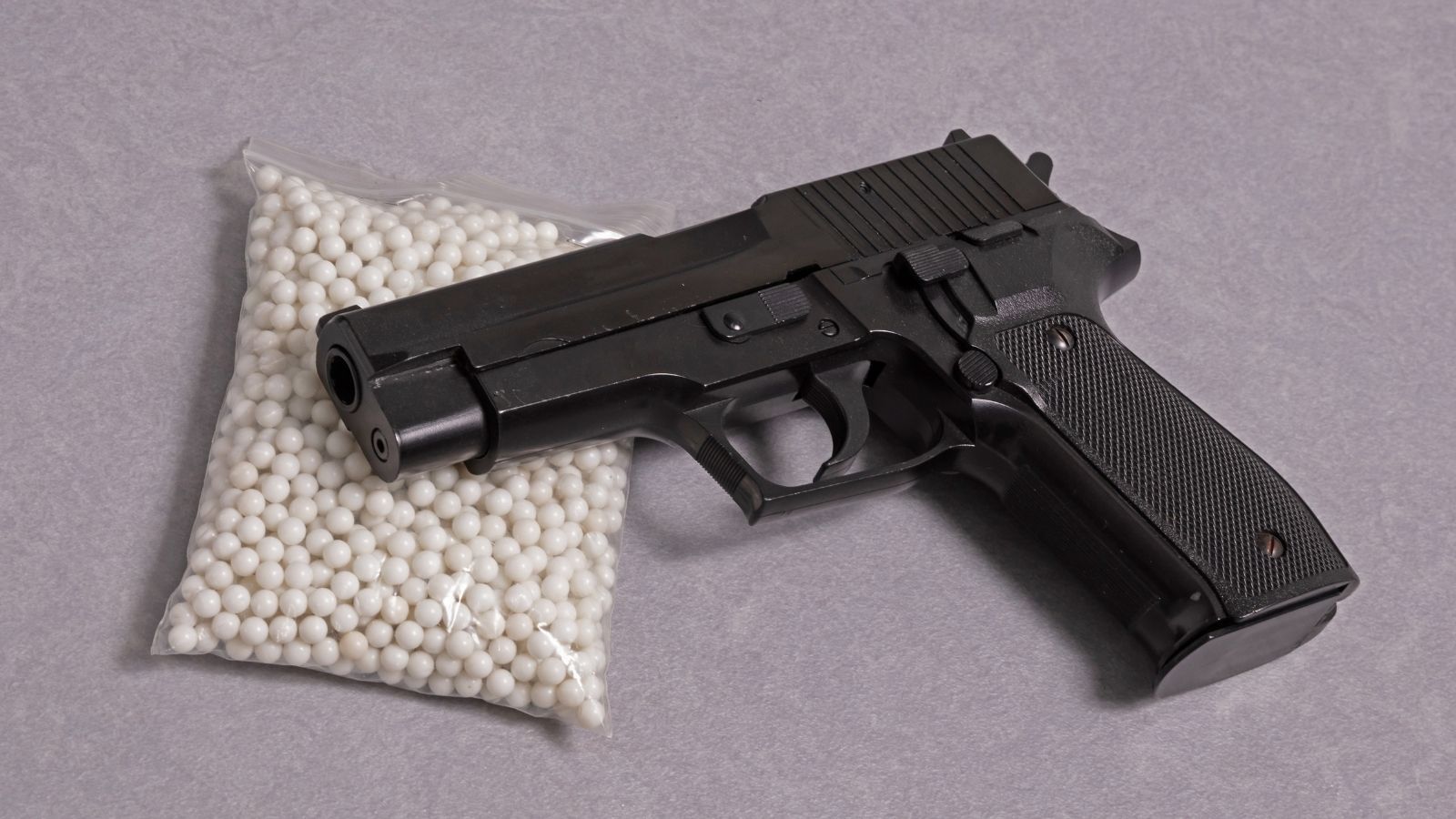
While gun culture isn’t as prominent as in the U.S., firearms are legal and regulated. Hunters, farmers, and sport shooters own rifles and shotguns, but strict background checks and licensing laws keep usage controlled. Handguns face tougher restrictions, and automatic weapons are banned. Canadians generally see firearms as tools, not symbols of freedom. The difference lies in attitude: owning a gun isn’t political, it’s practical. You’ll find gun safes in rural homes, but few open-carry enthusiasts. So yes, guns exist, but the drama surrounding them doesn’t.
Their Currency Is Just “Funny Money”
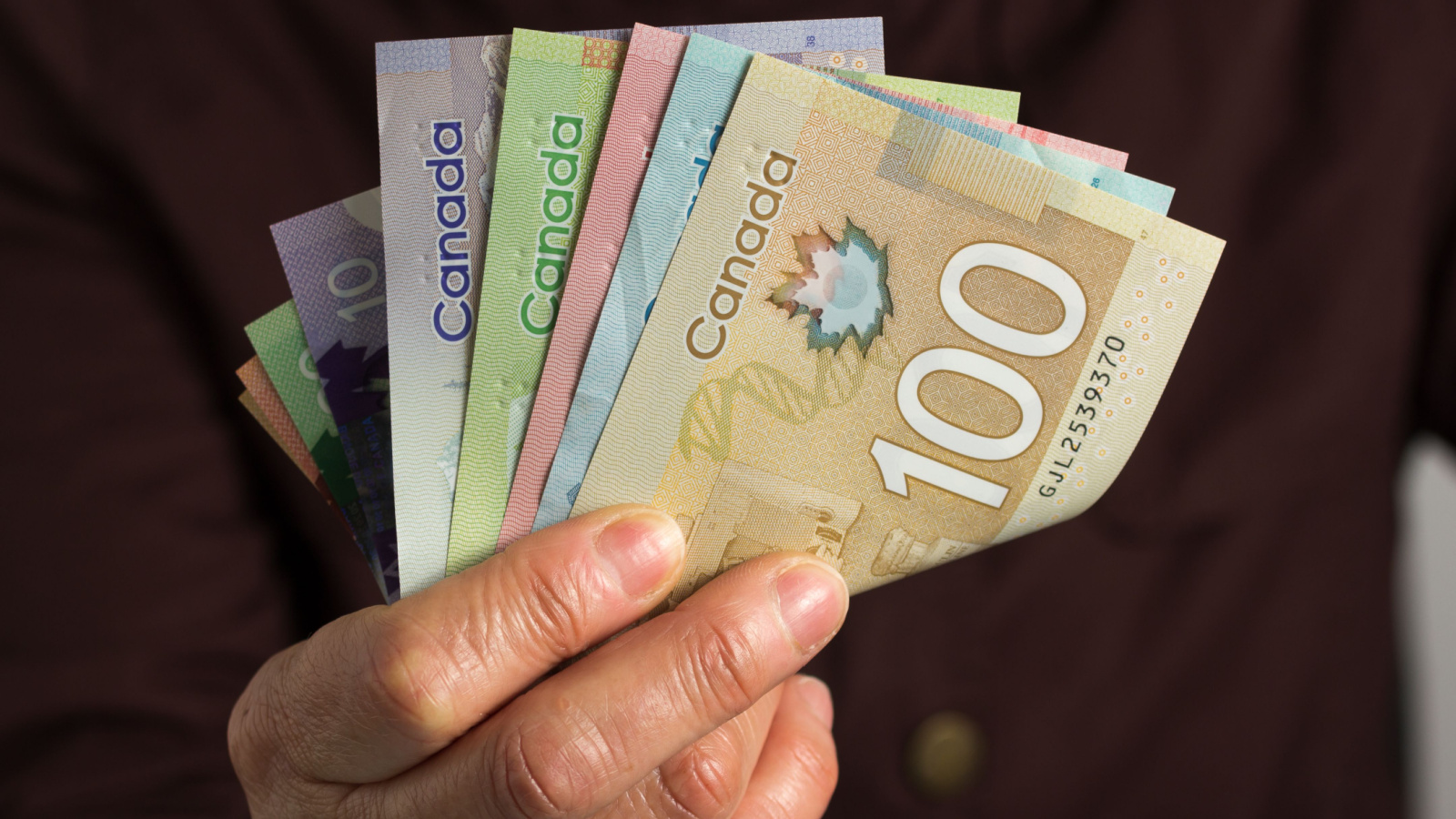
American visitors often joke about Canada’s colorful bills as “Monopoly money.” But the polymer notes are more durable, secure, and environmentally friendly than U.S. paper ones. They even resist water damage, a handy feature in a country full of snow. The designs celebrate Canadian history, science, and landscapes rather than plain presidents. As for coins, the “Loonie” and “toonie” system simplifies transactions without cluttering wallets. It’s practical, not playful. Anyone mocking the bright colors quickly changes tune when their U.S. cash fades or tears in half.
Everyone Knows Each Other

Because Canada’s population is smaller than California’s, Americans assume everyone’s on a first-name basis. But with nearly 40 million people spread across the world’s second-largest country, that’s impossible. Distances between major cities can exceed 1,000 kilometers, and regional cultures differ dramatically. A Vancouver resident likely knows more Americans from Seattle than people from Halifax. Small towns may foster tight-knit communities, but overall, Canadians experience the same urban anonymity found in any modern nation. It’s a big, diverse country, not a nationwide neighborhood barbecue.
They Have No Real Military
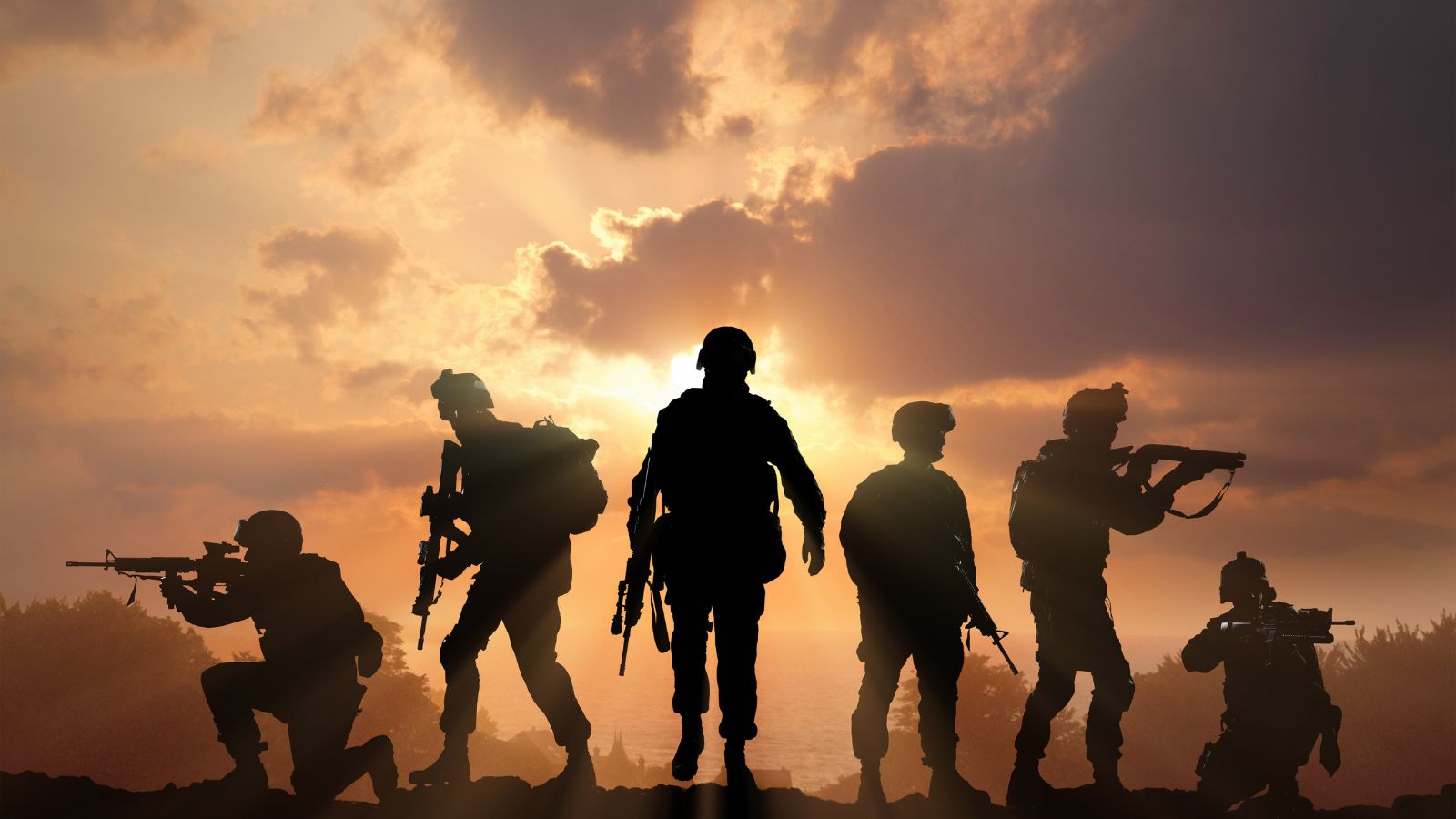
Americans often overlook Canada’s armed forces, imagining a peacekeeping team with maple leaf patches and polite diplomacy. In reality, the Canadian Armed Forces operate globally, contributing to NATO missions, disaster relief, and Arctic sovereignty patrols. With roughly 70,000 active members, Canada invests billions annually in defense modernization. They may not flaunt military power, but their expertise in training, logistics, and peacekeeping is respected worldwide. Canadians don’t boast about it, but the world notices when their quiet efficiency gets the job done.
Everyone Rides a Dog Sled
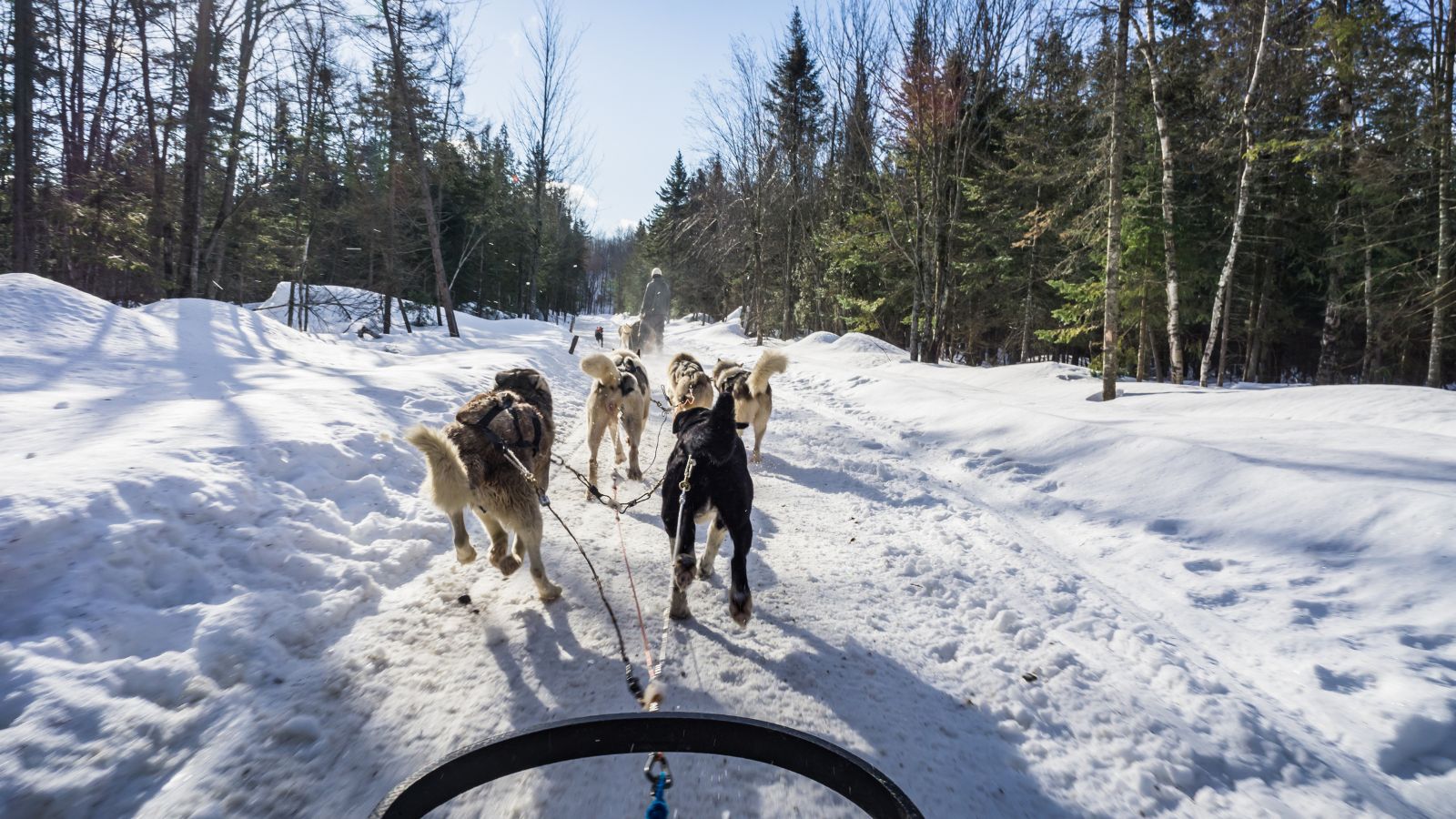
Dog sledding exists, but as a sport or tourist attraction, not daily transportation. It originated with Indigenous Arctic communities who used it for survival in snow-covered terrain. Today, dog sled tours are popular in Yukon or Nunavut but hardly a commuting option in Toronto traffic. Snowplows and heated cars have replaced huskies as the nation’s workhorses. Visitors might love the romance of the frozen trail, yet Canadians know it’s recreational fun, not a morning routine. The myth survives because snow and dogs simply make good storytelling.
They Don’t Have Poverty or Crime
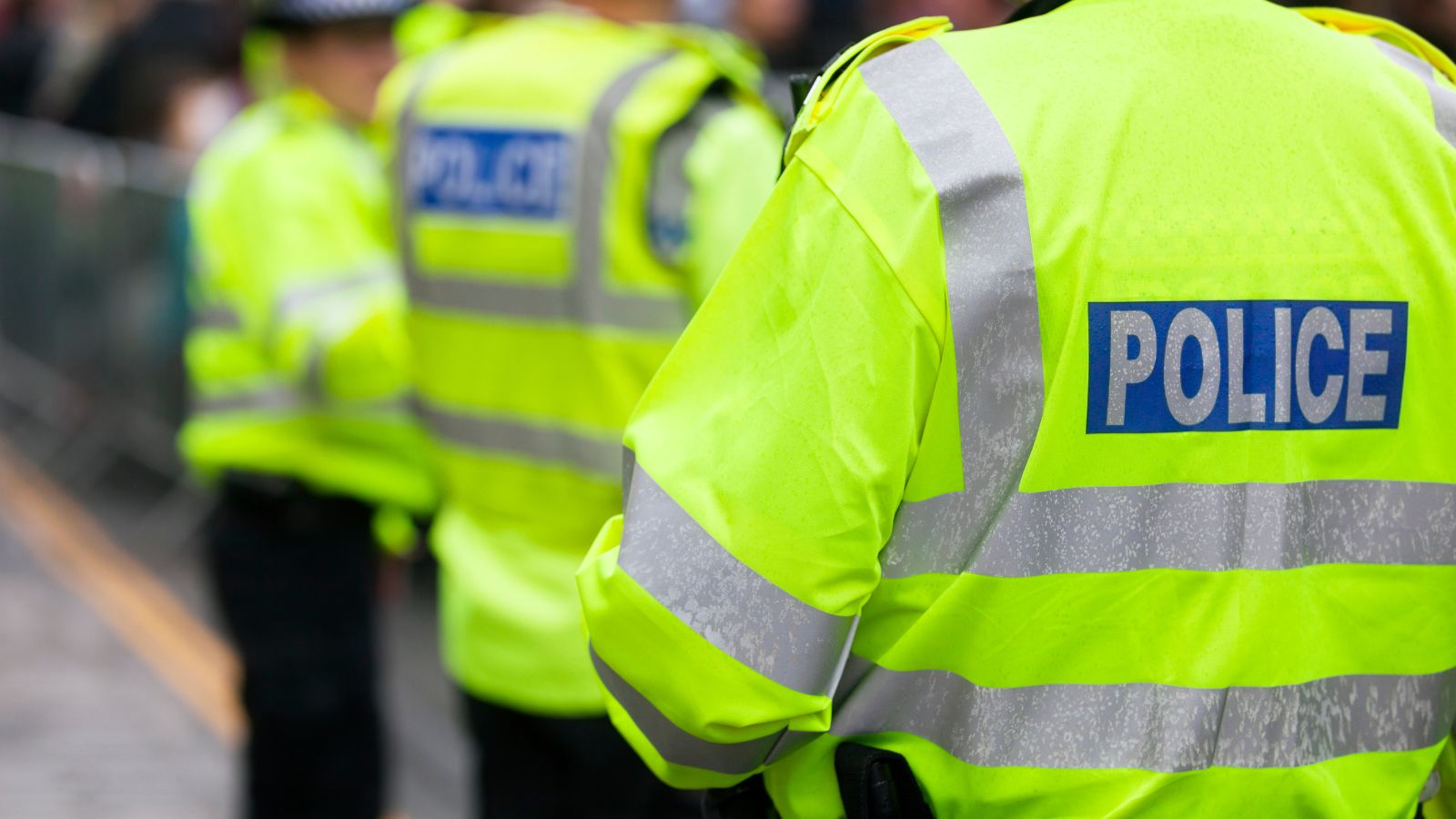
The stereotype of universal safety and equality hides real issues. Cities like Vancouver and Toronto struggle with housing crises, and rural regions face unemployment. While violent crime rates are lower than in the U.S., they’re not nonexistent. Gun violence, addiction, and systemic inequality persist, especially in Indigenous communities. Canadians pride themselves on fairness, but social challenges remain significant. The myth of a flawless society only minimizes those realities. It’s safer overall, yes, but not free from the human problems found everywhere else.
They All Love Poutine

Poutine is a national dish, but not a universal obsession. Some Canadians find it too heavy or reserve it for late-night indulgence. Originating in Quebec, it combines fries, cheese curds, and gravy, a perfect comfort meal after a hockey game. Yet dietary preferences vary widely. In major cities, sushi, shawarma, or vegan bowls often rank higher on delivery apps. Poutine’s fame owes much to tourism and national branding, not daily consumption. It’s beloved, but no one’s eating it three times a week despite what food shows imply.
It’s a Socialist Country

Americans often confuse Canada’s social policies with socialism. The country is capitalist, driven by private enterprise and free markets. Social programs like healthcare, maternity leave, and subsidized education coexist with strong corporate sectors. Canada’s banks, real estate market, and energy industries operate under global capitalism. The system balances profit with protection, leaning toward social democracy rather than socialism. Taxes fund shared benefits, but citizens still pay mortgages, build businesses, and debate economic policy. It’s not socialism; it’s pragmatic compassion wrapped in fiscal restraint.
Beer Is Weak
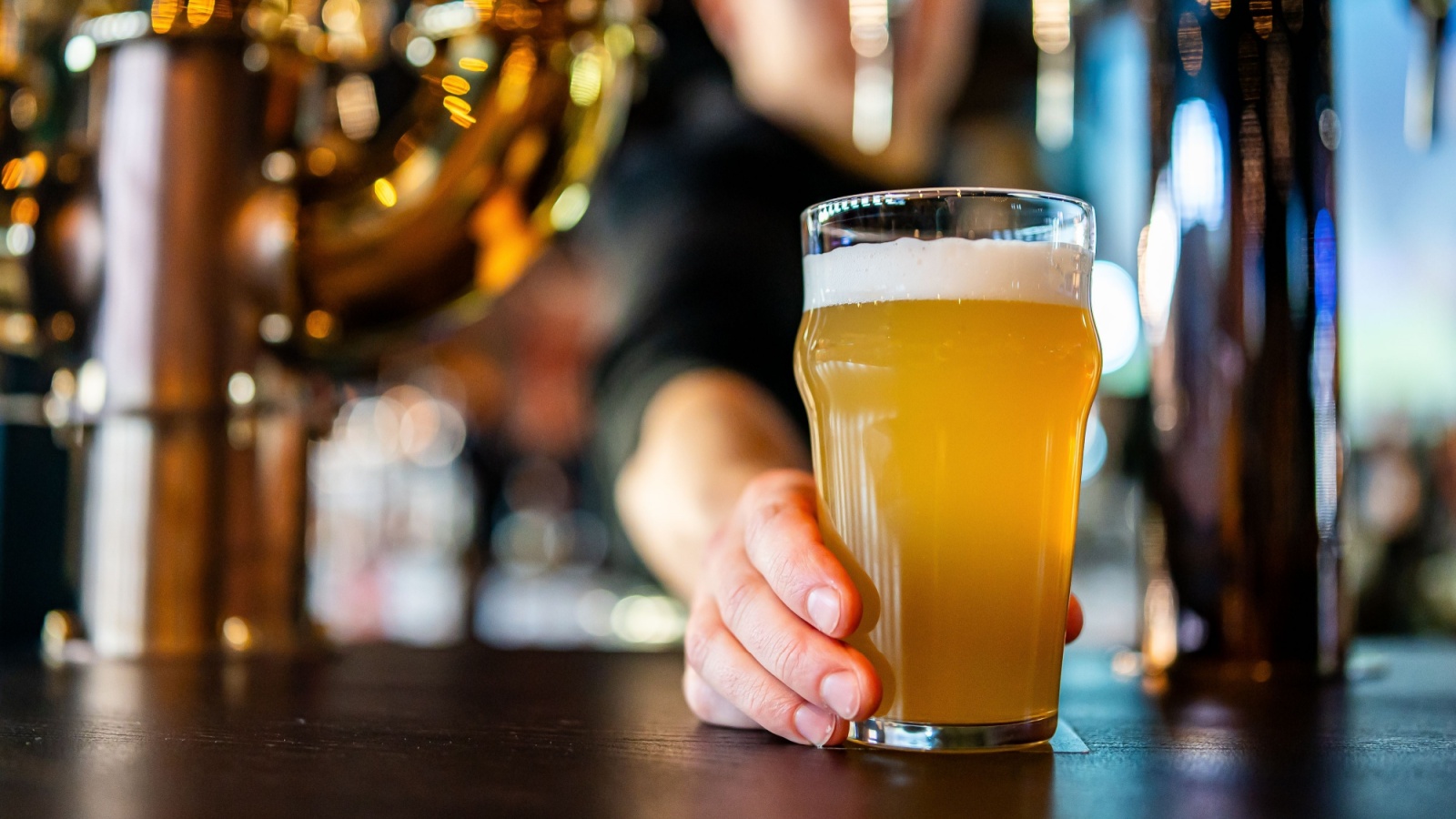
Canadian beer has long faced the “weak beer” insult from Americans, mostly due to differences in measuring alcohol content. U.S. brewers historically used alcohol by weight, while Canadians used alcohol by volume, making Canadian beer appear stronger on paper. Today, craft breweries thrive across provinces, producing award-winning IPAs, stouts, and lagers with impressive potency. From Molson to Muskoka Brewery, the range rivals any American craft scene. So, while the myth persists, any visitor who underestimates Canadian beer usually learns the truth after a single pint.
Everyone Loves the Queen
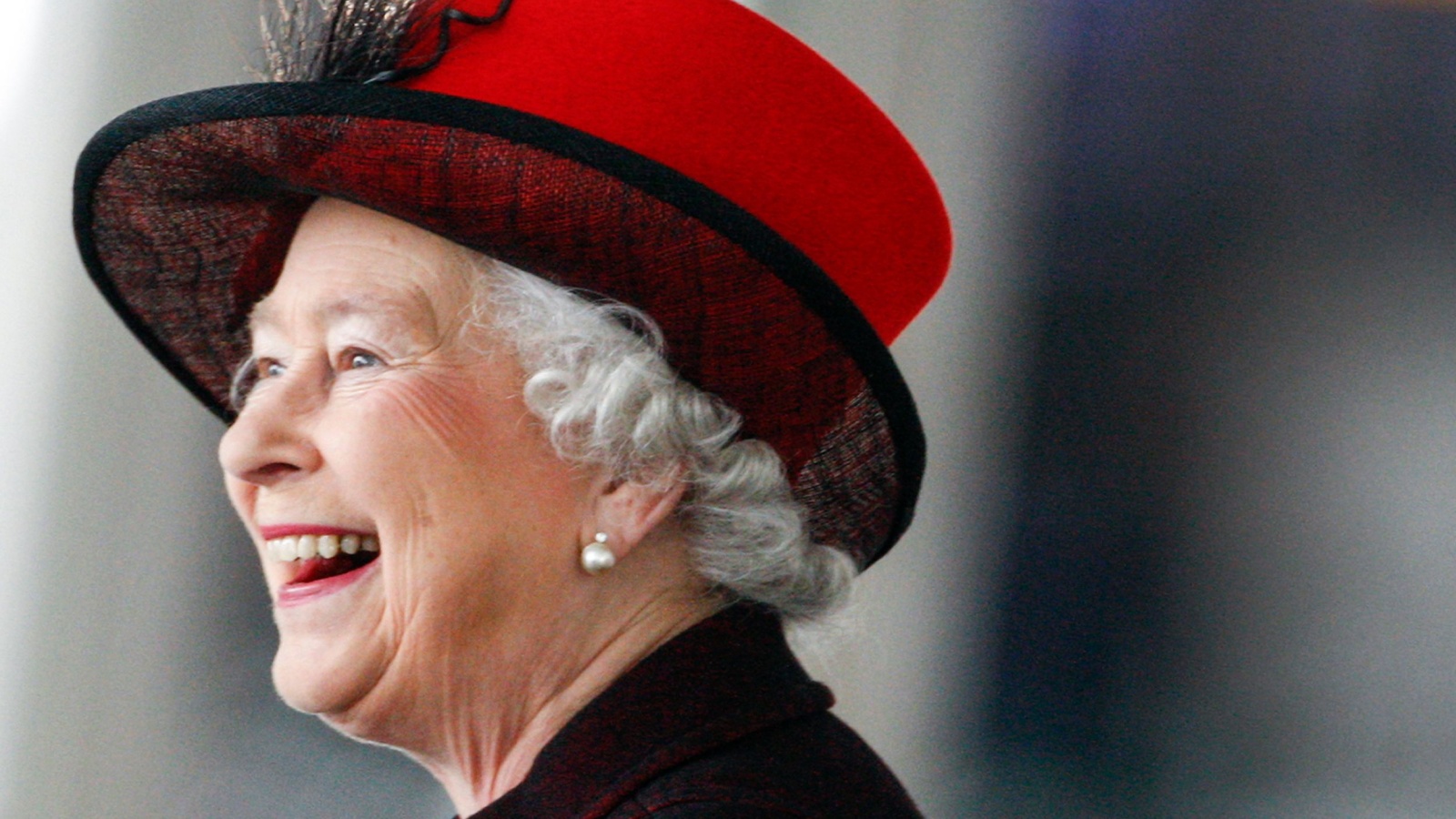
Though the monarchy remains part of Canada’s constitutional framework, enthusiasm varies. Older generations may respect the royal tradition, but younger Canadians are increasingly indifferent. The late Queen Elizabeth II earned affection, yet debates over the monarchy’s relevance grow louder, especially after recent royal controversies. For most people, it’s symbolic—a reminder of history rather than loyalty. The Governor General represents the Crown in name only, and daily life runs through democratic institutions. The myth of royal devotion oversimplifies a population largely focused on the present, not palace drama.
21 Products Canadians Should Stockpile Before Tariffs Hit

If trade tensions escalate between Canada and the U.S., everyday essentials can suddenly disappear or skyrocket in price. Products like pantry basics and tech must-haves that depend on are deeply tied to cross-border supply chains and are likely to face various kinds of disruptions
21 Products Canadians Should Stockpile Before Tariffs Hit
